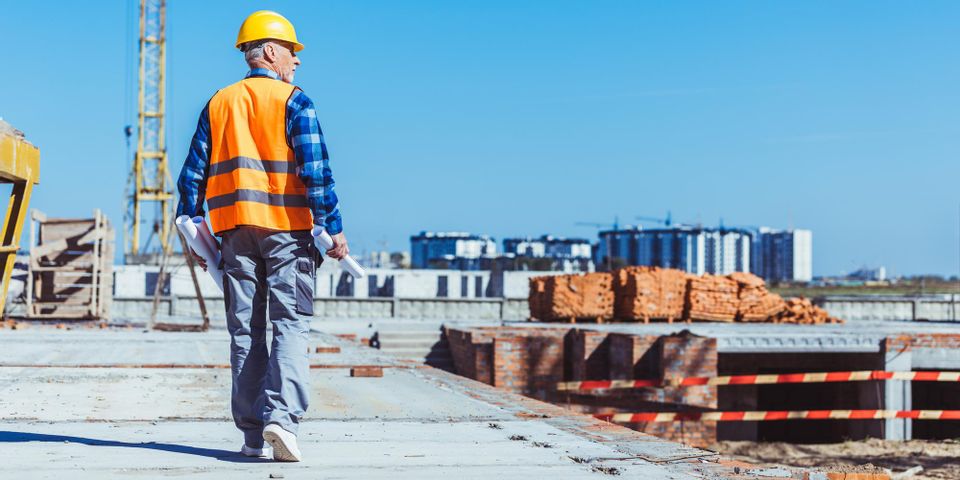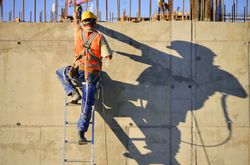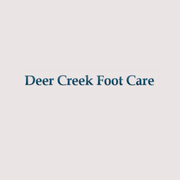Common Foot Injuries Sustained by Construction Workers

Doing construction requires climbing, repetitive motions, and being on your feet. Many workers develop injuries that need diagnosis and treatment by a foot doctor. Here are some foot issues you may encounter because of the job.
What Foot Conditions Are Construction Workers Susceptible To?
Blisters
Boots are a critical part of a construction worker's wardrobe. Wearing too-small footwear can cause painful blisters as the skin rubs against the inside of the shoes.
Blister fluid forms a barrier against invasive bacteria and protects the skin as it heals. Try keeping this sack intact to safeguard the area. If the blister pops, squeeze any remaining liquid onto a tissue and cover the skin with a bandage. Apply an adhesive tape around the wound to limit friction while it heals and remove the bandage nightly to create airflow and promote healing.
Bunions
Bunions often develop near the big and pinky toes, creating bony protrusions that swell and cause joint aches. Genetics and too-small shoes may lead to this uncomfortable condition.
A foot doctor may recommend nonsurgical treatments for minor protrusions, such as using non-medicated adhesive pads, taking cortisone shots, or wearing larger shoes. Individuals who experience prolonged or severe symptoms may have surgery to remove inflamed bunion tissue or realign toe bones and prevent joint pressure.
Sprained and Broken Ankles
 Sprained ankles are common as construction workers trip or incorrectly place weight on the joint, rolling the foot in one direction and tearing the ligaments. Treatment involves resting, icing the area, and using a wrap to compress the joint and lower swelling. Elevating the leg will improve circulation while reducing inflammation.
Sprained ankles are common as construction workers trip or incorrectly place weight on the joint, rolling the foot in one direction and tearing the ligaments. Treatment involves resting, icing the area, and using a wrap to compress the joint and lower swelling. Elevating the leg will improve circulation while reducing inflammation.
Some people experience ankle fractures while navigating catwalks, falling from significant heights, or moving materials. Broken ankles can require surgery, mobility aids like a boot and crutches, and months of physical therapy, depending on the severity and location of the break.
Preventative Measures
Many people wear steel-toed boots that protect their feet from stubbing their toes or dropping something on them. Choose shoes that allow a little room to wiggle your toes. This feature limits joint crowding that can cause bunions. Select thick, stiff boots made from leather or other materials that go above the ankle to offer support and prevent sprains and twists.
Ask family members if they have bunions, so you know if you’re genetically predisposed to experiencing the condition. Visit a foot doctor to discuss foot and ankle pain and have your feet examined for abnormal structure that may increase your chances of having bunions.
Construction workers who want to see a foot doctor should set up an appointment with Deer Creek Foot Care in St. Charles County, MO. The practice has been open for 13 years, offering top-notch treatments for issues like ingrown nails, plantar fasciitis, and sports injuries. Call the O’Fallon-area practice at (636) 240-1127 or visit the website for information on their compassionate staff and easy online forms.
About the Business
Have a question? Ask the experts!
Send your question

